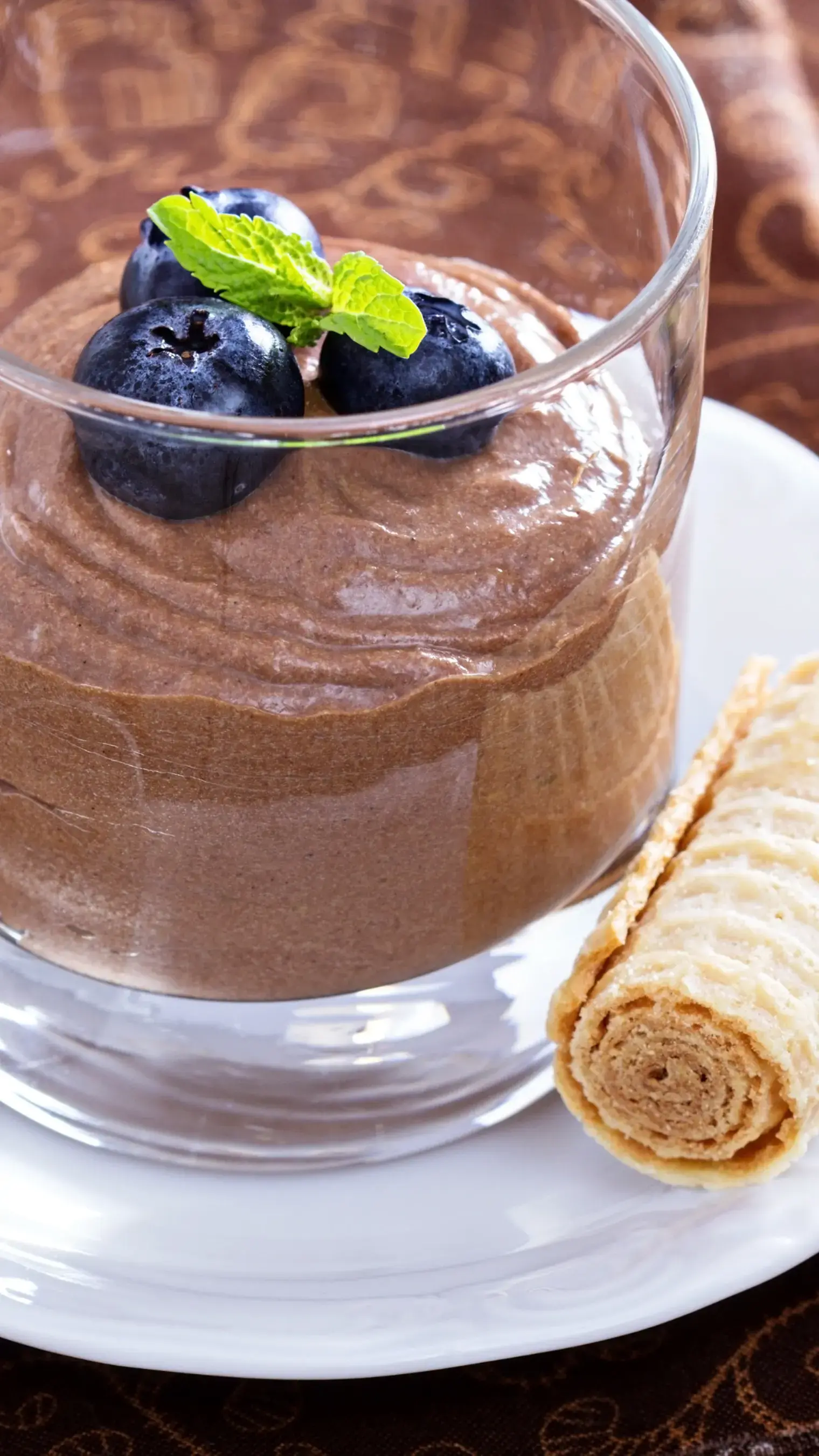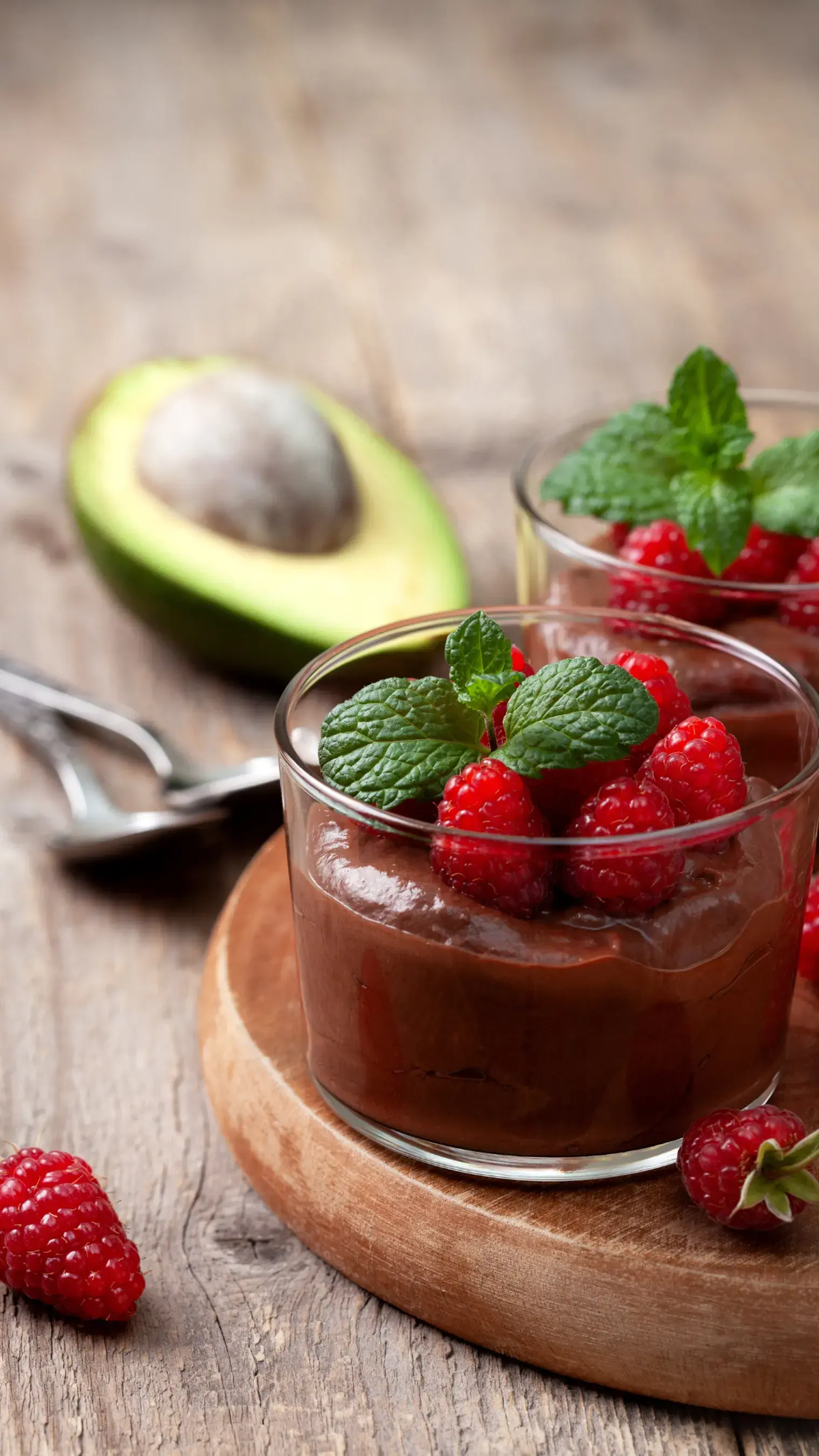In this article, we embark on a journey through time to explore the origins and evolution of the meringue.

Meringues are a treat not just for the taste buds but also for the eyes. Their delicate and airy texture, with a balance of crispness and softness, along with their versatility in desserts, have made meringues a beloved choice among both connoisseurs and casual dessert enthusiasts alike. In this article, we embark on a journey through time to explore the origins and evolution of this creation.
Origins
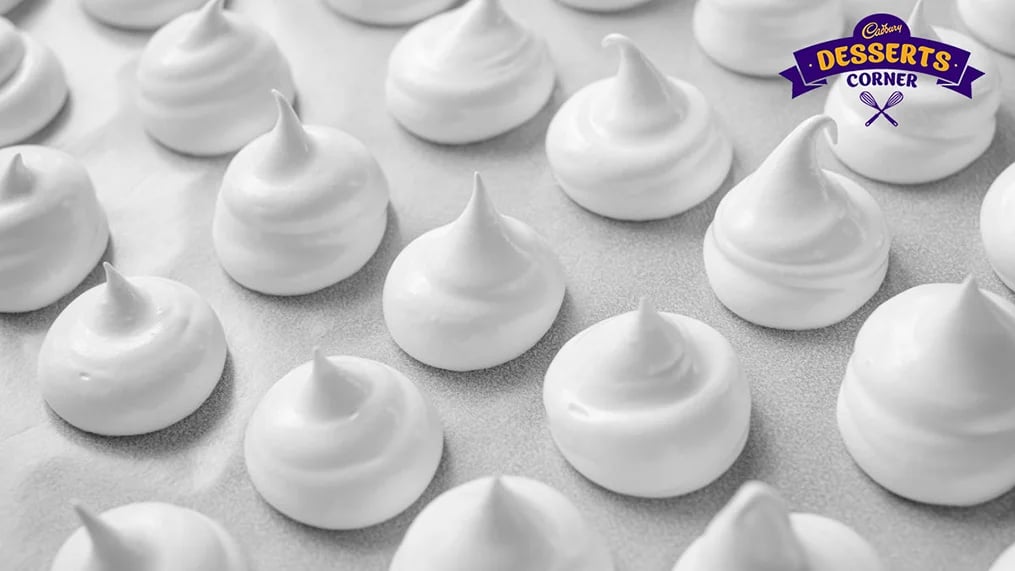
Fundamentally, meringue is a combination of whipped egg whites and sugar. However, its true magic lies in the way it's prepared – beating egg whites until they form peaks and then gently folding in sugar. The exact birthplace of meringue remains shrouded in mystery as different countries lay claim to its inception.
One popular theory attributes its creation to the Swiss village of Meiringen. Chef Gasparini often receives credit for inventing this concoction during the 18th century. Nevertheless, meringue’s captivating story traverses through nations, each adding their own distinct twist to the recipe.
Evolution
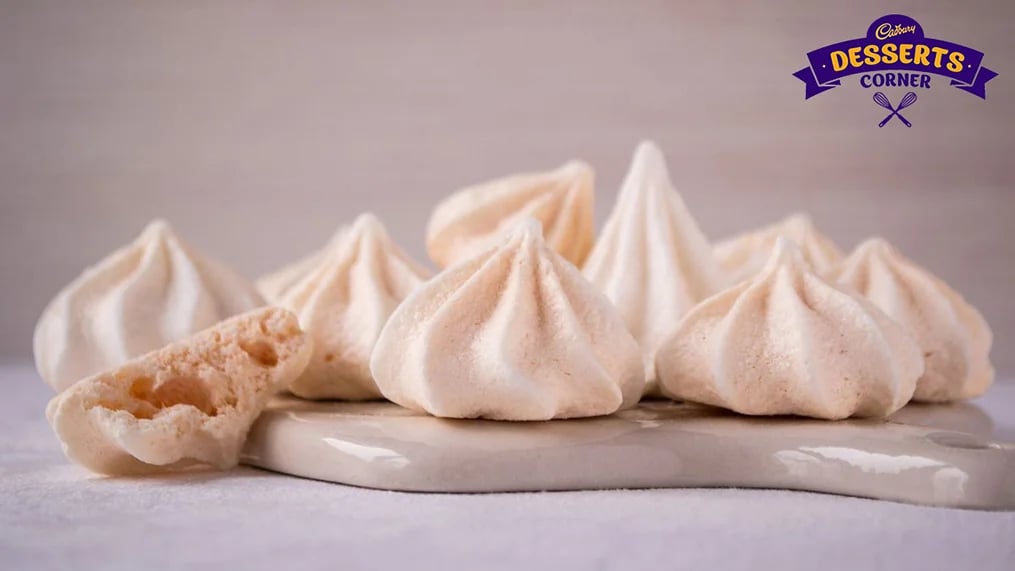
Meringue’s captivating journey through history serves as a testament to evolution. While its basic recipe consisting of eggs and sugar has remained constant over time, there have been transformations in terms of preparation methods and diverse applications.
In the 19th century, a renowned pastry chef named Marie Antoine Carême brought meringue to new heights in French cuisine. He revolutionized the use of meringue as a dessert, crafting magnificent pièces montées that were not just delicious but also visually stunning.
Meanwhile, across the English Channel, the addition of vinegar or lemon juice to meringue gave birth to the marshmallow-like center of pavlovas. This dish has sparked debates between the English and Australians, both of whom lay claim to the confection.
Meringue Around the World
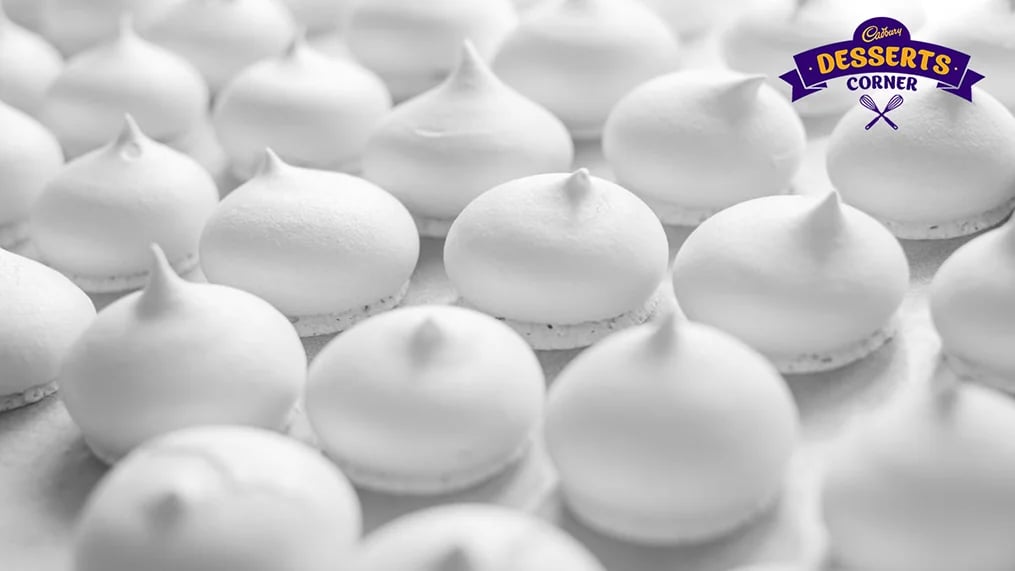
Meringue's adaptability has led to its incorporation into cuisines around the world. Each culture has infused their flavors and ingredients into this delicate treat while still keeping true to its essence.
In Italy, Meringa Italiana is a denser and sweeter variation, often used in cakes and pastries. The French, known for their finesse in pastry-making, have perfected Meringue Française. Meanwhile, an uncooked meringue is used in desserts like Baked Alaska and Eton Mess.
Venturing further into South America, meringue has become a component in desserts such as Suspiro de Limeña, in Peru and Chile. These desserts feature a caramel pudding topped with a light and airy meringue.
The Meringue of Today
Today, meringue has evolved beyond being a dessert — it has become a medium for culinary artists to showcase their creativity. Modern approaches, such as dehydrating meringue to achieve a crispness and using gastronomy techniques to transform its texture, demonstrate its enduring popularity and versatility.
Meringue based treats have gained popularity in both high-end pastry shops and home kitchens. From the timeless lemon meringue pie to the macaron, each creation pays homage to the humble origins of this remarkable ingredient.
Like This Article?
More Like This


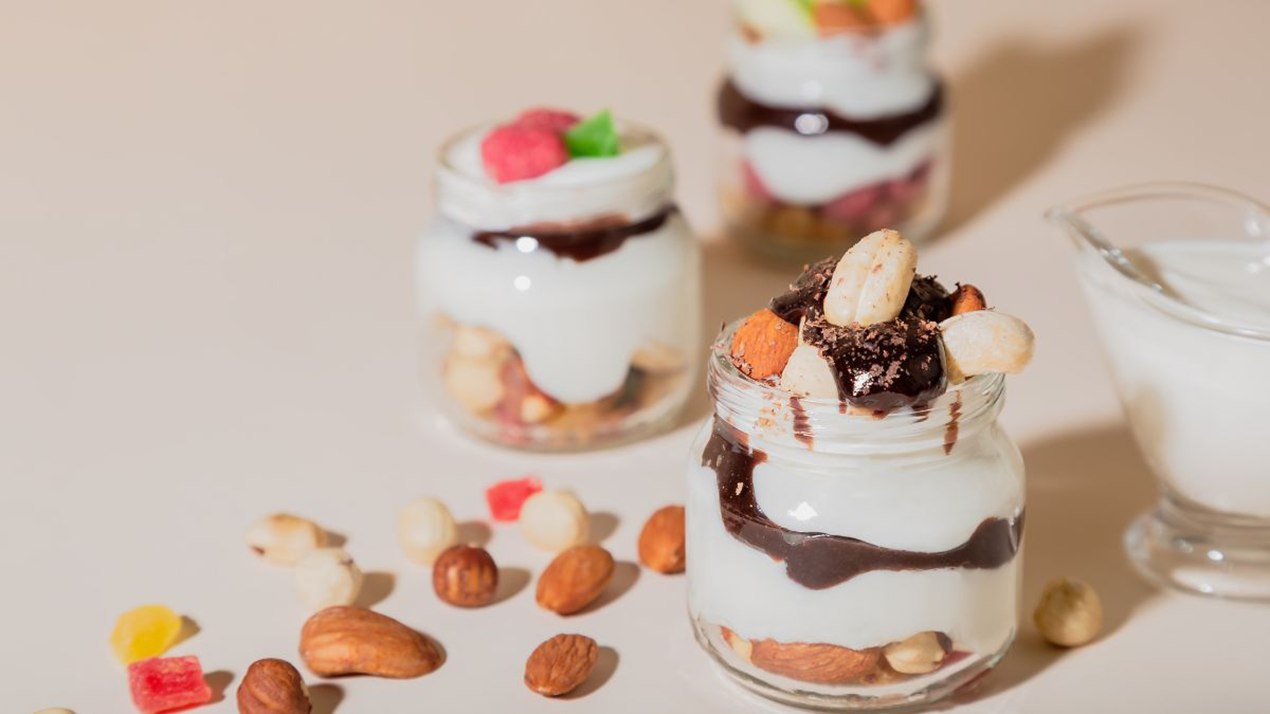
Popular Articles



Trending Web Stories
Curated Recipes



















